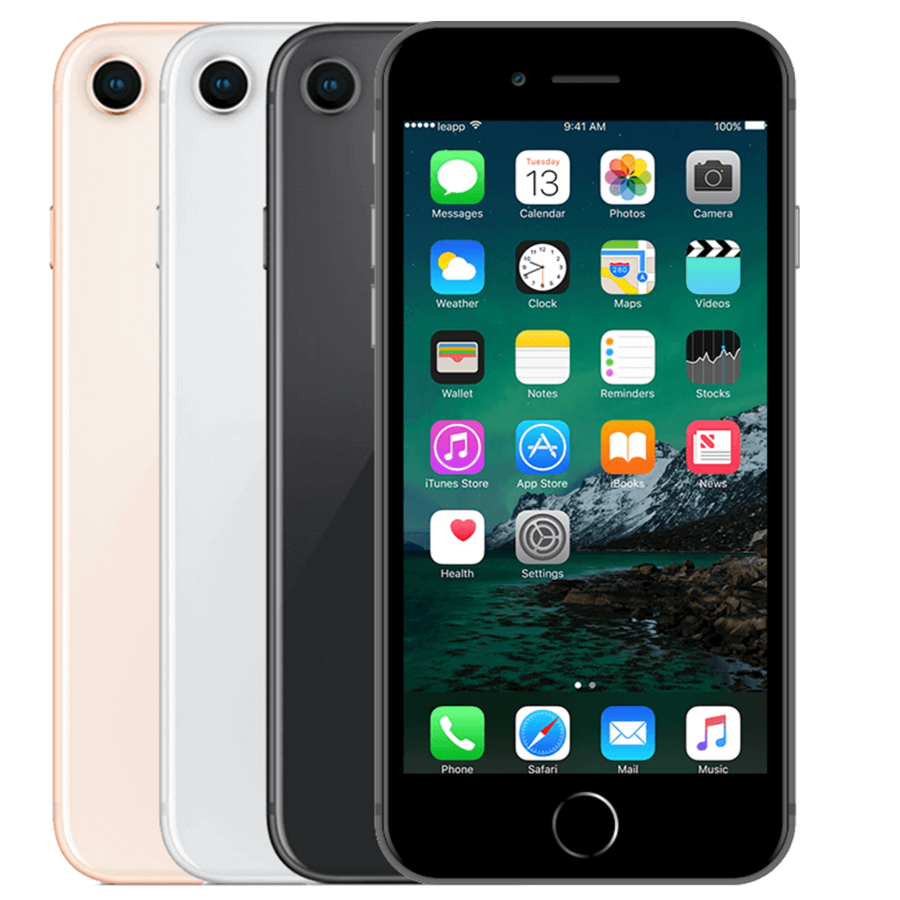iPhone not working anymore? Fix it yourself in 5 minutes.
Your iPhone is dead. Black screen. No response. Your first thought: panic and rush to the store for an expensive repair. But wait. Before you spend hundreds of euros or buy new accessories because you think your cables are the problem, there's something Apple would rather not tell you: you can fix most iPhone problems yourself in under five minutes . No technical knowledge required. No tools. Even your AirPods can stay connected. It sounds too simple to be true, but three specific steps will save your frozen iPhone 90% of the time. From force-closing apps to a full reset—without losing any data. We'll walk you through them step by step.
Useful links
First aid for a frozen iPhone
An iPhone that suddenly stops responding is instantly stressful. The screen stays black, buttons don't respond, or apps freeze without warning. Before you panic and rush to the nearest repair shop, there are several effective solutions you can try yourself. These methods work for virtually all iPhone models, from older generations to the latest devices.
The most important thing to remember: most iPhone problems are caused by temporary software glitches, not permanent hardware damage. This means that with the right approach, you can usually get your device working again within minutes. We'll go through three proven methods, from simple to more complex.
Method 1: Force close all apps
Apps running in the background can sometimes crash and freeze the entire system. By force-closing all running applications, you free up RAM and give the operating system time to recover.
For iPhone X and later
Swipe up from the bottom of the screen and hold in the middle. The app switcher will appear, displaying all active applications. Place two fingers on the screen and swipe up simultaneously. This will close all apps in one motion. Alternatively, swipe up on each app preview individually if you want to be more selective.
For iPhone 8 and older
Quickly press the Home button twice. The app switcher will open horizontally. As with newer models, swipe up with two fingers to close everything. This method also works on iPhone SE models with a Home button.
After closing all apps, try using your device normally. Open a single app to test if the system responds again. If that doesn't work, it's time for the next step.
Method 2: Perform a Hard Reset
A hard reset, also called a forced restart, forces your iPhone to reboot completely without losing any data. This process clears the RAM and reloads the operating system. It's similar to unplugging a computer and plugging it back in.
iPhone X, XS, XR, 11, 12, 13, 14 and 15
The procedure for modern devices consists of three quick actions:
- Press and release the volume up button
- Immediately afterward, press the volume down button briefly
- Press and hold the side button until the Apple logo appears (about 10 seconds)
Timing is crucial with this method. The first two steps must be performed in quick succession, while the third requires patience. Don't release the side button once the screen goes black; wait until the Apple logo appears.
iPhone 8 and 8 Plus
The same three-step procedure as described above also applies to these models.
iPhone 7 and 7 Plus
Press and hold the side button and the volume down button simultaneously. Keep holding until the Apple logo appears, which takes about 10 seconds.
iPhone 6S and older
Press the Home button and the top (or side) button simultaneously. Hold both buttons until the Apple logo appears.
Method 3: Restore to factory settings
If both of the previous methods fail, a factory reset is the only option. This is the most drastic option because it will erase all data on the device. Therefore, it's essential to create a backup first.
Make a backup first
Connect your iPhone to Wi-Fi and go to Settings > [your name] > iCloud > iCloud Backup. Tap "Back Up Now." This process can take several minutes to an hour, depending on the amount of data. Verify that the backup has completed successfully before continuing.
Alternatively, you can back up your device using iTunes or Finder on your computer. Connect your device with a cable, open iTunes (Windows or older Macs) or Finder (newer Macs), select your device, and click "Back Up Now."
Reset to factory settings
Go to Settings > General > Transfer or Reset iPhone > Erase All Content and Settings. Follow the on-screen instructions. The device will restart several times during this process.
After resetting, you can choose to restore your backup or set up your device as new. For recurring problems, a clean installation without a backup is sometimes the best option, although you will then have to manually reinstall apps.
When to seek professional help
If your iPhone continues to exhibit problems after these three methods, there may be hardware damage. Water damage, a defective battery, or damaged components require professional repair. Signs of hardware problems include:
- The screen remains permanently black despite charging
- The iPhone gets extremely hot during normal use
- Physical damage such as cracks or dents
- Strange noises coming from the device
- Battery that drains within minutes
Preventive measures
To prevent future problems, we recommend taking some precautions. Update regularly to the latest iOS version for bug fixes and security patches. Maintain at least 10% free storage space for smooth system operation. Restart your device weekly to clear RAM.
Also, avoid installing too many apps that run constantly in the background. These not only consume battery power but can also cause conflicts. Regularly check which apps have access to location services and background refresh.
Consider a refurbished alternative
When repair costs rise or your device truly needs replacing, a refurbished iPhone offers a cost-effective alternative. These professionally refurbished devices undergo strict quality control and often come with a warranty. You'll not only save money but also contribute to sustainability by giving electronics a second life.
Refurbished models are available for various budgets and needs. From compact SE models to powerful Pro versions, there's always a suitable option. Many suppliers even offer different quality grades, so you can choose between "as new" or "light wear" at an even more competitive price.
Conclusion: no expensive repairs necessary
A frozen iPhone doesn't have to mean an expensive repair. In most cases , forcing apps to close, a hard reset, or, in extreme cases, a factory reset will solve the problem. These three methods will take you no more than fifteen minutes and don't require any technical expertise. Professional assistance is only required for obvious hardware damage, such as water damage or a dead battery. If your device continues to malfunction despite these solutions, it might be time to consider a refurbished iPhone as a reliable alternative .






























